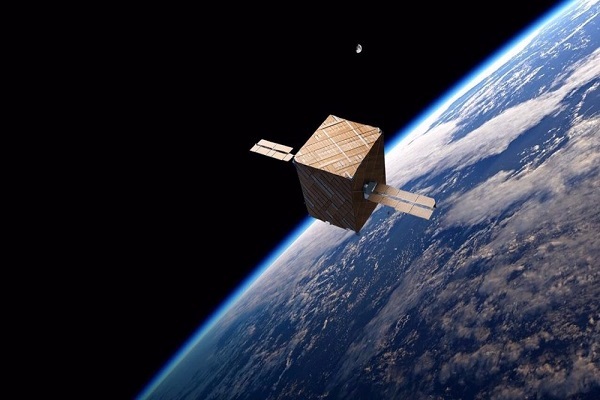
TABNAK, Jan 11: Hossein Salariyeh said that the Pars-2 satellite is a remote-sensing satellite equipped with a camera capable of color imaging with an accuracy of greater than four meters and black and white imaging higher than eight meters.
Salariyeh said the satellite, which is a more advanced generation of Pars-1 satellite with broader capabilities, will be unveiled on the Space Technology Day during the anniversary of Iran’s 1979 Islamic Revolution from February 1 to 11, known as the Ten-Day Dawn ceremonies.
Stressing that the Pars-2 satellite can be used as one of the important platforms for Iran’s remote-sensing satellites, the ISA chief said, “Pars-3 satellite is being designed, and in this version of the Pars satellite series, imaging accuracy will be better, reaching an accuracy of greater than two meters in black and white imaging.”
Salariyeh said the satellites form together a remote-sensing satellite constellation that provides and sends high-quality images from the intended points at the right time.
“The integration of data from this satellite constellation together will yield valuable information that can be used in industries, agriculture and the environment,” he added.
Defying Western sanctions in recent years, the Islamic Republic has taken giant strides in the civilian space program and ranks among the world’s top 10 countries capable of developing and launching satellites.
On September 27, Iran’s Islamic Revolution Guards Corps (IRGC) Aerospace Force successfully launched the homegrown imaging satellite Nour-3 into orbit.
Nour-3 (Light-3) was launched by satellite carrier Qased (Messenger) and placed into an orbit 450 kilometers (280 miles) above the Earth’s surface.
Earlier in the year, Iran sent three domestically-developed satellites into space simultaneously, using Simorq carrier.